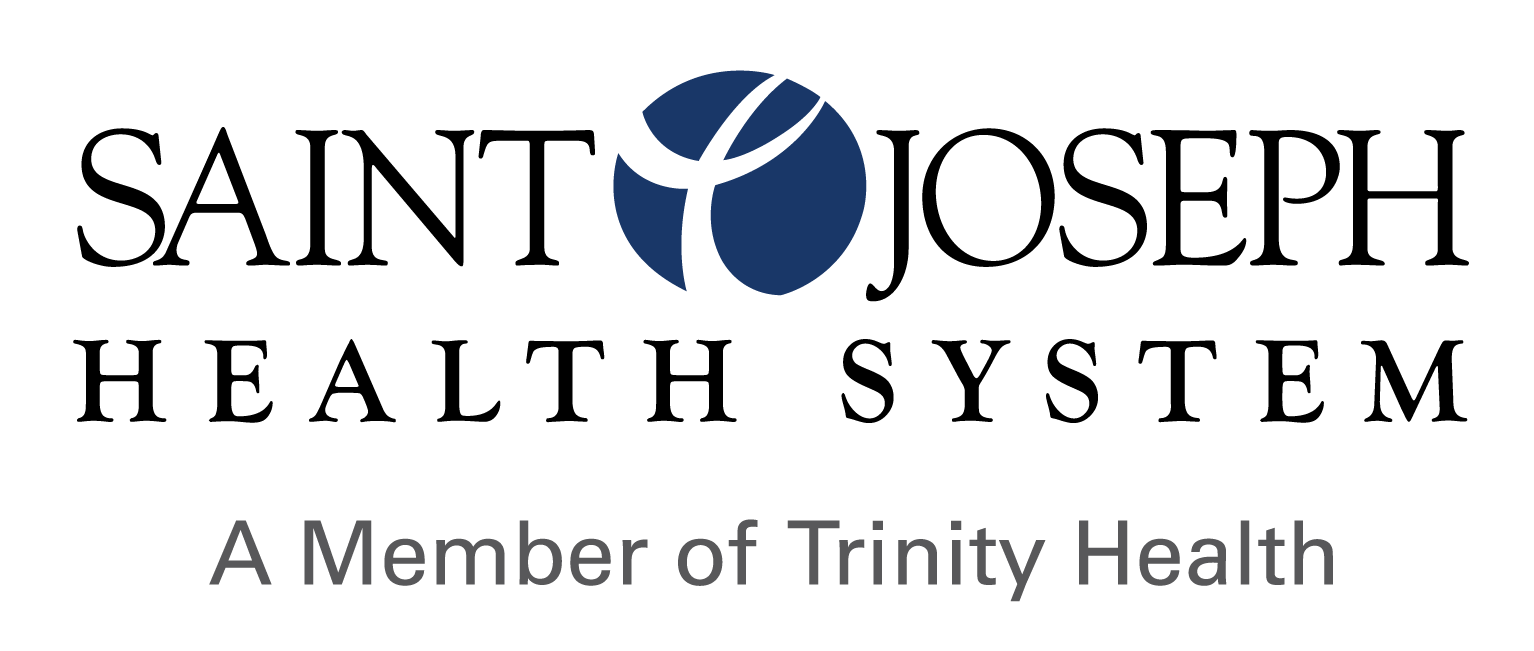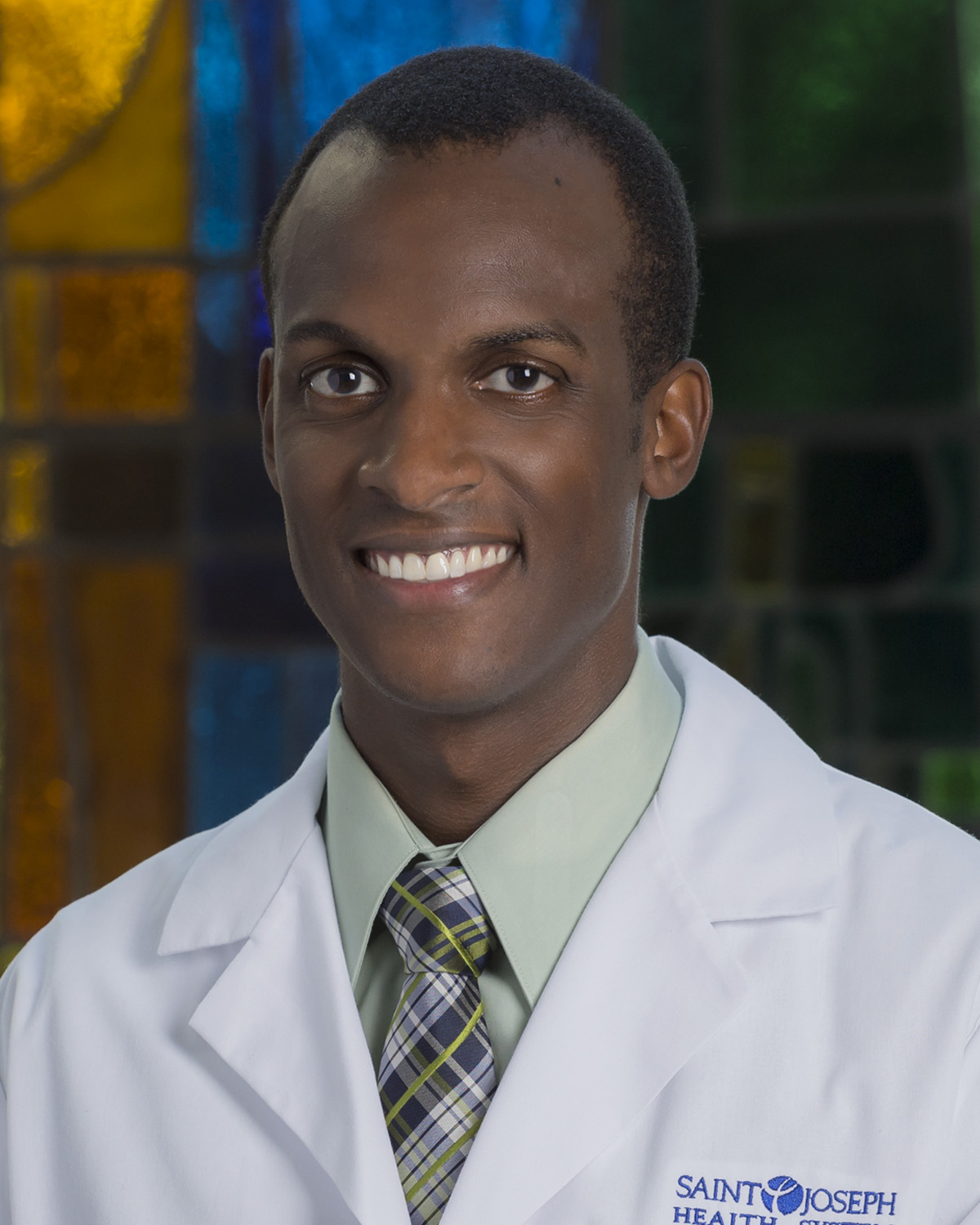When it comes to medical innovation, regenerative medicine represents a significant leap forward, offering new hope for restoring health and functionality to damaged tissues and organs. A standout procedure in this field is platelet-rich plasma (PRP) therapy, a breakthrough treatment that harnesses the body’s innate healing mechanisms to improve patient outcomes and achieve remarkable recoveries.
An introduction to regenerative medicine
Regenerative medicine is a transformative approach that aims to heal the body from within. This field involves strategies such as rejuvenating aged cells, replacing damaged cells with healthy ones, and stimulating the body's repair processes to heal tissues more effectively. It has the potential to fundamentally change how we treat a wide range of injuries and conditions.
"At its core, regenerative medicine encompasses a range of therapies, including platelet-rich plasma (PRP), adipose derived stem cells, and bone marrow aspirate concentrate (BMAC), all aimed at creating an optimal environment for healing. Our goal is not merely to treat symptoms but to initiate a healing process by enhancing the body's natural ability to heal itself, thereby advancing the standard in medical treatment," says Christopher Jordan, MD, sports medicine physician with Saint. Joseph Health System.
PRP therapy enhances natural healing
Platelet-rich plasma (PRP) therapy, an integral part of regenerative medicine, offers a promising alternative to traditional treatments for a myriad of conditions, particularly those involving tendons, muscles, ligaments, and joints. This innovative therapy utilizes the body's own healing mechanisms to repair damaged tissues, accelerate healing, and alleviate pain.
"Imagine the body as a complex ecosystem capable of self-repair. When we introduce a native cell into a damaged area, it's akin to sending out a distress signal that rallies the body's 'reinforcements'—other cells and growth factors—to the site of injury. This is the principle behind therapies like PRP," says Dr. Jordan.
Understanding PRP therapy
At its core, PRP therapy involves a three-step process:
- Blood collection: A small amount of blood is drawn from the patient.
- Platelet concentration: The collected blood is then spun in a centrifuge, separating the platelets from other blood components. This process concentrates the platelets in a small plasma volume.
- Injection: The concentrated platelet-rich plasma is injected directly into the injured or diseased body tissue. At Saint Joseph Health System, this process is guided by ultrasound or other imaging techniques to ensure precise placement.
The science behind PRP
Platelets are blood components best known for their role in clotting. However, they also contain proteins called growth factors, which are crucial in healing injuries. By injecting these concentrated platelets into damaged areas, PRP therapy stimulates the body to repair muscle, bone, and other tissues more efficiently than it would on its own.
Applications of PRP therapy
PRP therapy has been applied to a variety of conditions, showing promising results in:
- Orthopedic injuries, including tendonitis, ligament sprains, and muscle injuries.
- Osteoarthritis, especially in the knee, hip, and shoulder, reducing pain and improving joint function.
- Surgical recovery, accelerating the healing process post-surgery.
- Aesthetic medicine, improving hair growth in cases of alopecia and enhancing skin rejuvenation.
What patients can expect
The entire PRP process typically takes about 30 to 60 minutes, depending on the area being treated. Patients may experience mild pain and swelling at the injection site, which usually resolves within a few days. There is minimal downtime, and many patients return to their regular activities shortly after the procedure.
While results vary, many patients report significant improvement in pain and functionality within weeks of the treatment. Some conditions may require more than one PRP injection to achieve optimal results.
"Our experience with platelet-rich plasma therapy has been overwhelmingly positive, offering compelling evidence of its efficacy in managing pain and enhancing functional outcomes. It's about more than just alleviating symptoms; it's about restoring quality of life, enabling patients to return to their desired activities with minimal discomfort," says Dr. Jordan.
The advantages of choosing PRP therapy
PRP therapy is favored for its natural approach and the minimal risk it presents, as it uses the patient's own biological material. Key benefits include:
- Reduced risk of allergic reactions: Since PRP is made from the patient's own blood, the risk of allergic reactions is significantly lowered.
- Minimally invasive: The procedure avoids the need for surgery, offering an alternative for patients seeking less invasive options.
- Short recovery period: Compared to surgical interventions, PRP therapy allows for a quicker return to daily activities.
Why Saint Joseph Health System leads in PRP therapy
Saint Joseph Health System’s commitment to regenerative medicine, particularly PRP therapy, underscores our holistic approach to health care. We are not just treating symptoms but addressing the root cause of conditions by enhancing the body’s natural capacity to heal. Our expertise in PRP therapy is part of our broader commitment to offering advanced, patient-centric care.
- Expertise: Our specialists possess deep knowledge in regenerative medicine, ensuring high-quality care.
- Customized care plans: Recognizing the uniqueness of each patient’s condition, we tailor our treatments to meet individual needs and goals.
- Emphasis on Natural Healing: Our approach minimizes reliance on invasive procedures by maximizing the body’s inherent healing abilities.
- Innovative Treatments: We stay at the forefront of regenerative medicine, incorporating the latest research and techniques into our practice.
The promising horizon of regenerative medicine
The field of regenerative medicine is rapidly evolving, with new discoveries and technologies continually expanding the possibilities for treatment. Innovations in stem cell therapy, tissue engineering, and gene editing are paving the way for even more advanced approaches to healing. As pioneers in this field, St. Joe's is committed to advancing our capabilities and bringing groundbreaking treatments to our patients.


